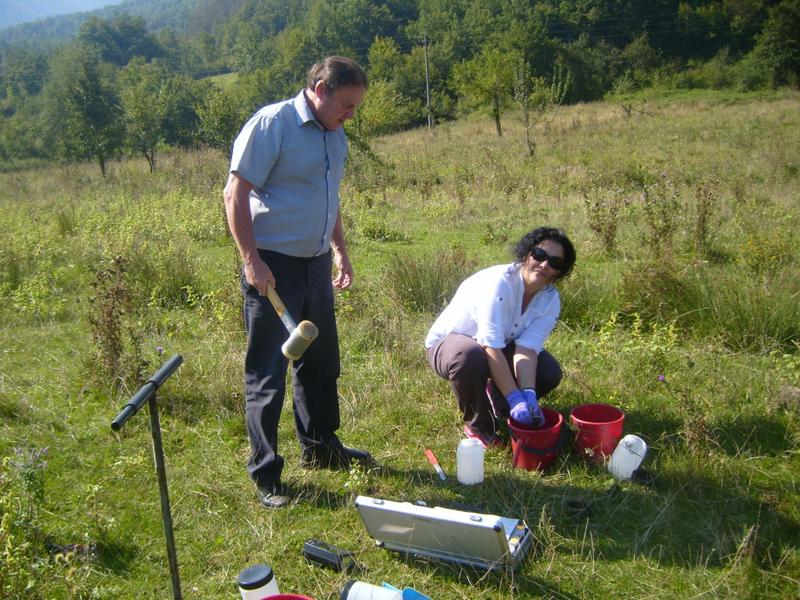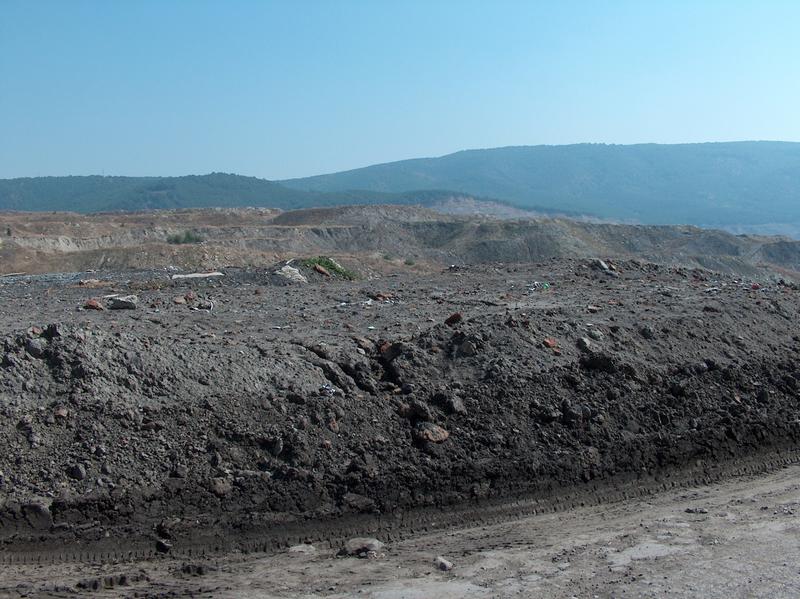A new system for soil monitoring is introduced – local pollution to be monitored at 97 sites
03 Jul, 2025 | 13:11
- The analyses of the Executive Environment Agency will serve to determine restoration measures
By order of the Minister of Environment and Water Manol Genov of June 23, the soil monitoring systems have been updated. A new system for a third level monitoring is being introduced - monitoring of local soil pollution, while the two existing monitoring levels are being maintained.
Soil monitoring, which is carried out by the Executive Environment Agency (EEA) at the Ministry of Environment and Water, analyzes the current state of soils, promptly identifies possible negative processes and predicts their development. The results of soil monitoring are used to assess the state and health of soil resources ("soil health"), with analyses and assessments published in the annual national reports on the state of the environment.
Soil monitoring systems have been implemented since 2005. The observations at the first level are large-scale - they are made in a uniformly distributed network covering 397 points in agricultural lands. Another 21 points are located on the territory of the three national parks – Rila, Pirin, and Central Balkan. All points provide data for assessing the condition of the soils according to legally approved indicators. The second-level system includes observations of regional manifestations of degradation processes, such as acidification (at 57 polygons), salinization (at 12 polygons), and erosion processes. They are monitored through specially developed mathematical models for assessment and forecasting, processing data on the distribution of risk and average annual soil losses by administrative districts.
The new order introduces a third level of monitoring – a system for monitoring local soil pollution, which will be monitored in 97 new sites. Of these, the largest number is in pesticide warehouses and their adjacent territories – 58; 3 sites are designated for military facilities and their adjacent territories; on post-mining areas – 20 sites; on oil product extraction areas – 2 sites; and on areas for production activities – 14 points. The assessment is made on the basis of the measured content of heavy metals and organic pollutants in the soils, presenting the percentage of samples with measured concentrations above the maximum permissible concentration compared to the total number of samples. The analyses of the observations made will serve to determine the necessary remedial measures and maintain the already implemented remedial measures.
The EEA is about to award a public procurement contract for the implementation of field sampling and analysis of soil samples for the new system for monitoring local soil pollution.
Monitoring of lands and soils is part of the National Environmental Monitoring System (NEMS). In 2004, a soil monitoring program was developed, which is organized at three levels. The monitoring program was approved by an order of September 15, 2009 of the Minister of Environment and Water and is fully compliant with the requirements of the European Commission and the European Environment Agency, with good practices in a number of European countries, as well as with the national legislation adopted in 2007-2009 (Soil Law and Soil Monitoring Regulation).


